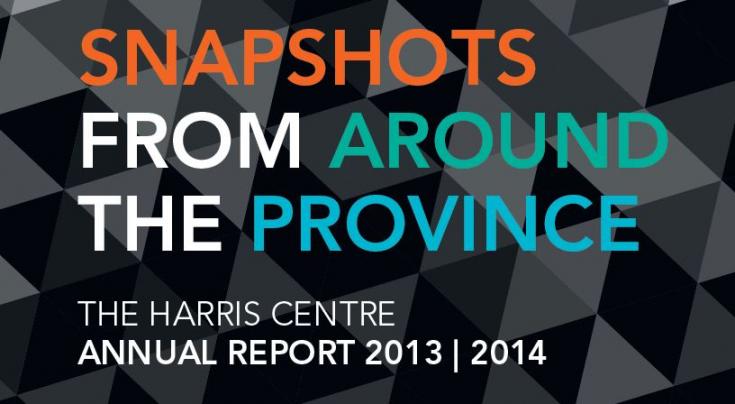WelcomeWelcomeWelcomeWelcomeWelcomeWelcome
| Welcome | |
|
Who: Team of interdisciplinary researchers What: Harris Centre Brokered Project For the residents and the fisherman of the Port au Port region the sudden collapse of the local scallop fishery was not just a puzzle to be solved but a serious threat to their livelihoods. And it wasn’t just scallops but sea urchin and rock crab populations that were plummeting as well. The fishermen believe that environmental pollutants, possibly from oil or industrial developments in the area, may be an important factor in these declines. “We feel that developments have been happening around the Port au Port Bay without due regard for the possible effects on the marine environment,” said Bob Diamond, Port au Port Fishery Committee Member. “Past environmental assessments haven’t taken into consideration the potential high risk and vulnerability of the site to tidal surges, coastal erosion, and other impacts from extreme weather that could be related to climate change.” To make things worse, high rates of coastal erosion moved what were once on-shore abandoned drilling sites offshore, potentially adding to the pollution of the nearby coastal environment. The committee needed answers so they turned to Memorial as a partner. With help from the Harris Centre’s knowledge broker Amy Tucker, local fisherman met with an interdisciplinary team of researchers eager to explore the scallop collapse. Dr. Penny Morrill from the Department of Earth Sciences at the Faculty of Science and her team obtained funding through the Harris Centre’s Applied Research Fund and today they are continuing to work with the communities in the region on solving the mystery of the scallop fishery collapse and helping residents clean up and preserve the environment upon which their livelihoods depend.
|
|
 |
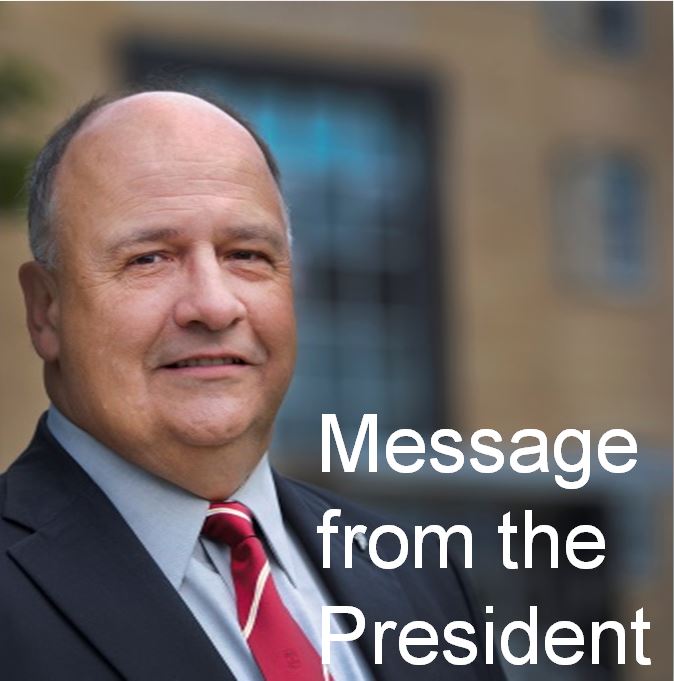 |
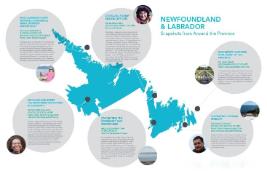 |
 |
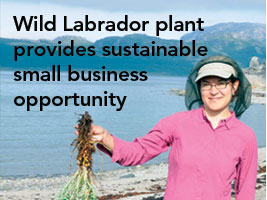 |
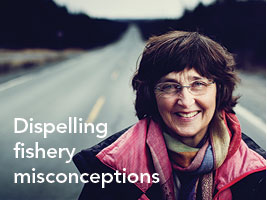 |
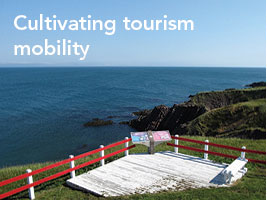 |
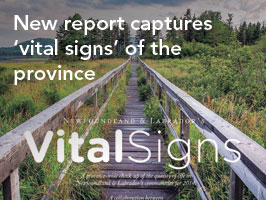 |
| Welcome | |
|
Dr. Mark Stoddart, Department of Sociology, Faculty of Arts Harris Centre brokered project from Burin Peninsula Regional Workshop
This was a question raised at a Harris Centre Regional Workshop a while back, and Dr. Mark Stoddart with Memorial’s Department of Sociology took on the challenge and looked at the barriers and opportunities to making the road less traveled a road worth taking. “There’s no doubt that tourism development can offer economic benefits through revenue and employment,” said Dr. Stoddart. “But beyond its economic impacts, tourism can create positive social impacts through the preservation of culture and history. At its best, tourism development can improve the quality of life for local residents by creating amenities and public spaces that work for visitors and communities. There isn’t one recipe for it though, for some regions, there are very real barriers to developing tourism.” Dr. Stoddart’s report on tourism on the Burin Peninsula outlines those challenges for the region, as well as opportunities and strategies that may help. “The Burin Peninsula has some truly unique features and fascinating stories, and is a beautiful part of the province,” said Dr. Stoddart. “Proximity to St. Pierre and Miquelon could be viewed as competition for the region, but looking at the whole region as a destination, and cross-promoting it could help drive the market.” Another challenge for the area is the drive down the Burin Peninsula highway. “The journey down the Burin Peninsula is part of the whole experience, and really has some amazing scenery and tourism potential,” explained Dr. Stoddart. “If it was seen as part of the whole experience and marketed as such, it could become a unique strength for the region.” To read the full report visit www.mun.academia.edu/MarkStoddart/Reports
|
|
 |
 |
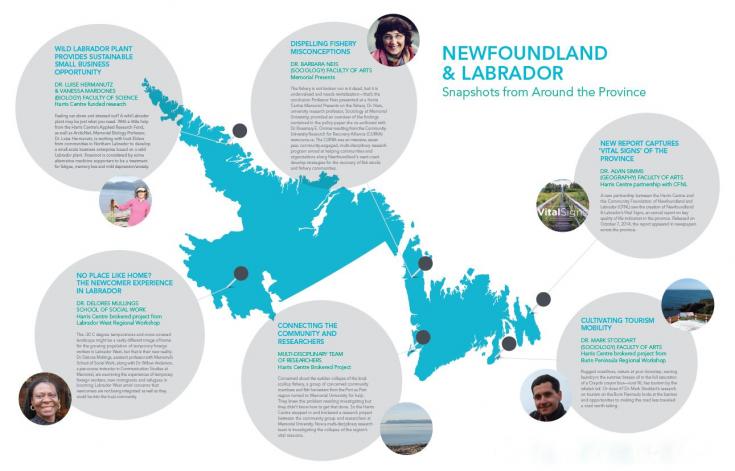 |
 |
 |
 |
 |
 |
